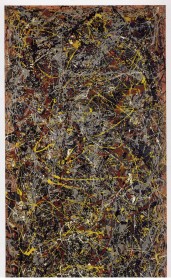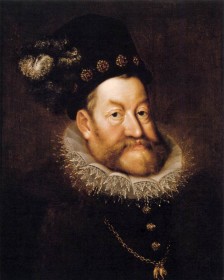Paintings of 1950
Very much attracted to Mother Nature from childhood, American Realistic painter Andre Wyeth who won National Medal of Arts from George W. Bush, portrayed this painting in 1950 when he was in his middle age. It depicts a scene from grassland showing a little hill with some grass waffling by the whispering wind. The whole scene has an almost a monotone of the grey color with different shades. Maybe the grass is drying up. As the title suggests, it is the day of November First, the beginning of the chilly winter bringing celebrations like Christmas and New Year’s Day. Painted with watercolor on paper, if you see the painting with a little bit of imagination, you find yourself in open grassland with cold blowing air […]
Although called as the Number 1, the work was produced in the 1950 by the American artist, Jackson Pollock known for his drip paintings. Throughout his life, Pollock did only drip paintings like this in which he would lie the whole canvas on the ground and then with different objects, whichever he found useful, start dripping the colors on the canvas until he gets a satisfactory output on the canvas. He would claim that, during the painting he would forget about the time and would focus all his energy to put out his emotional state on the canvas with dripping colors. By the title, we can assume that Pollock was trying to create a misty or foggy environment in the painting. His philosophy of […]
Jackson Pollock was very much popular during 1940s and 1950s for his Drip Paintings. He had invented a whole new style with thick paint and big brushes on canvases large enough to cover entire walls. He would lay those canvases on the ground and than after putting a leg on the canvas, he would begin to paint his masterpieces. The outcomes would be totally unconventional, unprecedented and intriguingly beautiful. No. 5, 1948 Analysis The presented piece is his most known, famous art-piece and the peak of his drip paintings.The style of the painting is called Abstract Expressionism. It also has some elements of Impasto technique. The design seems to be forming a pattern similar to a nest or thick threads put disorderly on each other. Either way it is […]
- 1
- 2




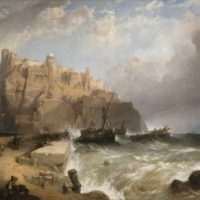

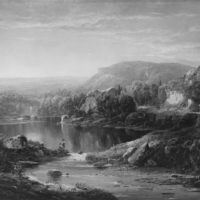
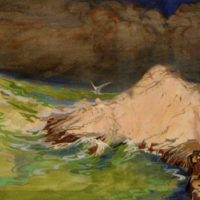
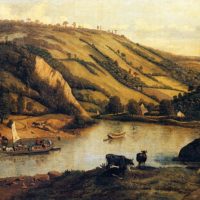

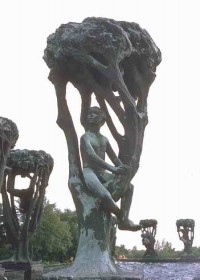



 (2 votes, average: 4.50 out of 5)
(2 votes, average: 4.50 out of 5)
